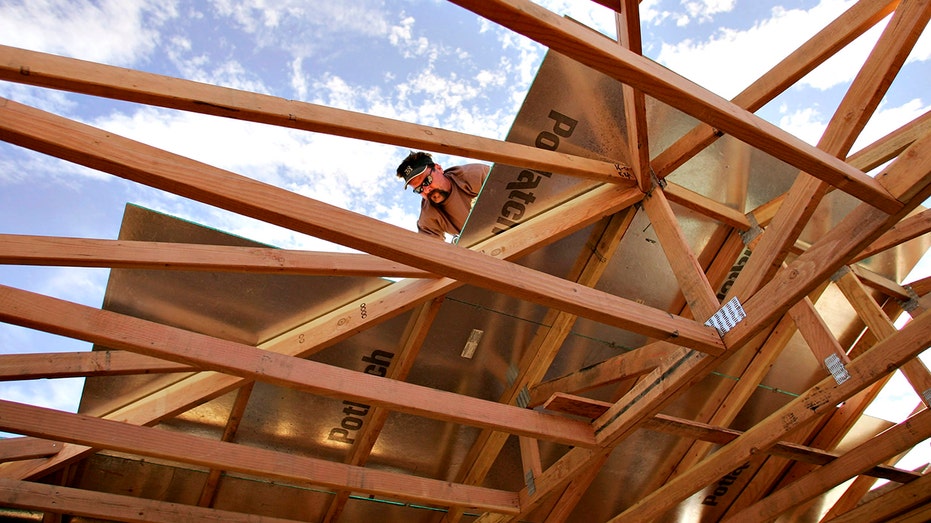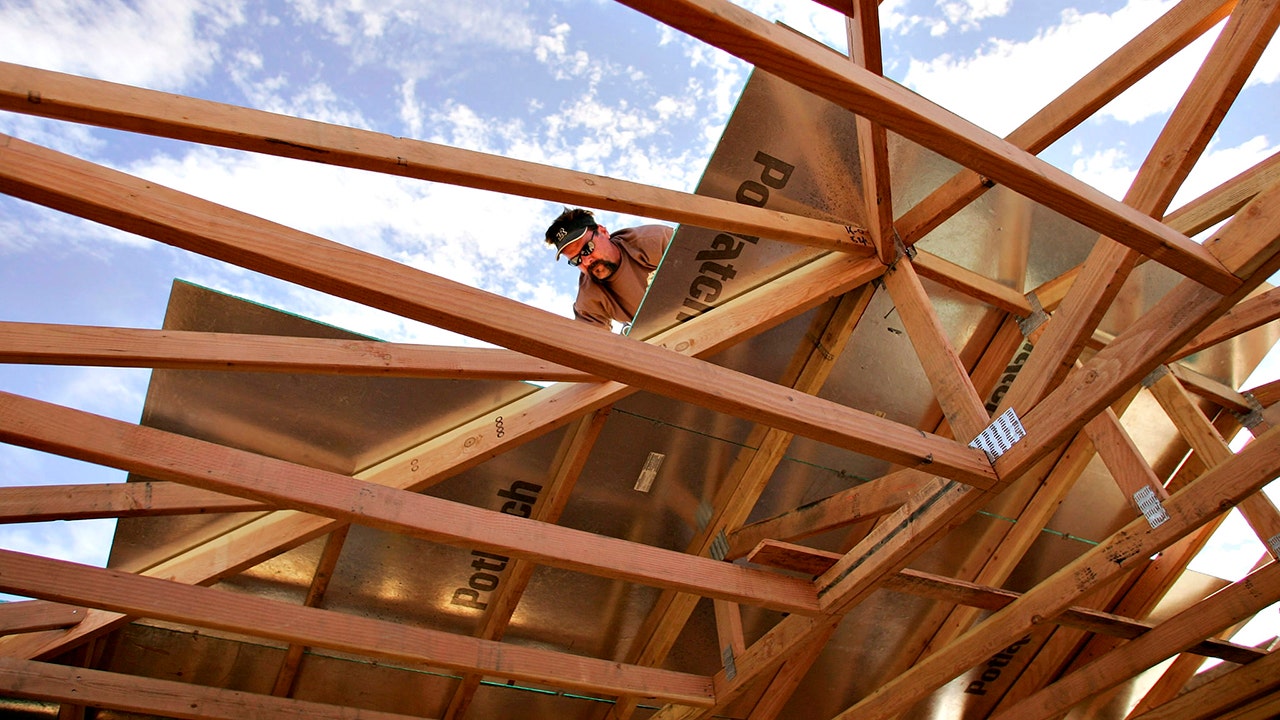‘Kennedy’ party panel reacts to President Biden’s ‘economic blunders’ as inflation hit 8.3% in April.
Wholesale prices accelerated more than expected in April as inflation continued to hover near a 40-year high as a result of strong consumer demand, pandemic-related supply chain snarls and the Russian war in Ukraine.
The Labor Department said Thursday that its producer price index, which measures inflation at the wholesale level before it reaches consumers, climbed 11% in April from the previous year. On a monthly basis, prices grew by 0.5%. Although that marks a slight moderation from March’s reading of 11.2%, the gauge still came in higher than the 10.7% forecast from Refinitiv economists, suggesting inflationary pressures remain strong.
HIGH INFLATION COULD BE ‘PAINSTAKINGLY SLOW’ TO COME DOWN
Core inflation at the wholesale level, which excludes the more volatile measurements of food and energy, increased 0.6% for the month, following a 0.9% increase in March. Over the past 12 months, core prices were up 6.9%.
Overall, prices for goods jumped 1.3% last month, the fourth consecutive rise and the biggest contributor to the headline inflation figure. That included gains for items like motor vehicles, diesel fuel and eggs. Prices for construction also soared by 4% in April, while prices for services held steady last month.
Energy moderated in April, rising by 1.7% after surging 6.4% the previous month following the Russian invasion of Ukraine.
The surge in wholesale prices comes on the heels of a separate Labor Department report released on Wednesday that showed the consumer price index climbed 8.3% in April from the previous year, far more than economists expected. Consumers are paying more for everyday necessities, including grocery, gasoline and cars.
Sky-high inflation has created a political headache for President Biden – who has blamed rising prices on the war in Ukraine, as well as pandemic-related disruptions in the supply chain – and has forced the Federal Reserve to chart an even more aggressive course to cool demand and bring inflation down.

Stephen Legault applies roofing material to a home under construction in San Diego, California, on Dec. 20, 2005. (Jack Smith/Bloomberg via Getty Images/Getty Images)
The Fed now faces the tricky task of cooling demand and prices without inadvertently dragging the economy into a recession. Policymakers raised the benchmark interest rate by 50 basis points last week for the first time in two decades and have signaled that more, similarly sized rate hikes are on the table at coming meetings as they rush to catch up with inflation.
CLICK HERE TO READ MORE ON FOX BUSINESS
The back-to-back inflation reports “will not dissuade the Fed from making another half percentage point rate hike when they next meet in mid-June,” said Bill Adams, chief economist for Comerica Bank. I have noted that inflation will almost certainly finish the year well above the Fed’s preferred target range of 2%.
“The Fed will want to see clearer evidence that inflation is cooling and higher interest rates are slowing demand before they start thinking about the endpoint of the current rate hike cycle,” he said.
